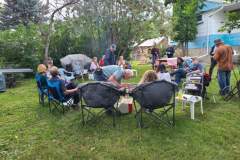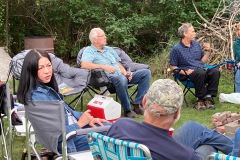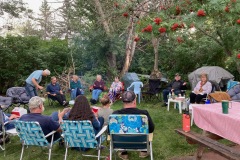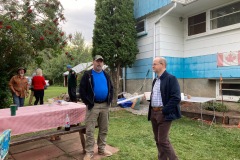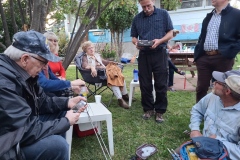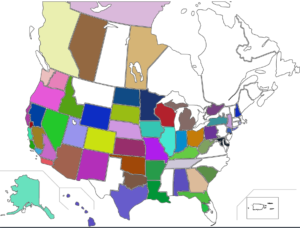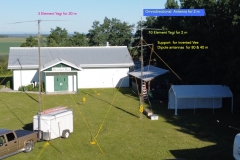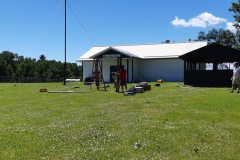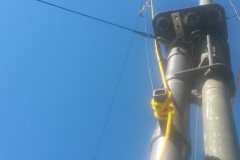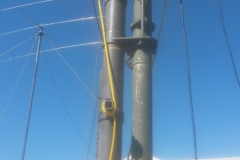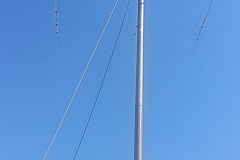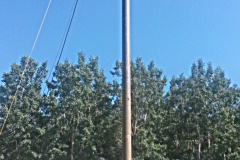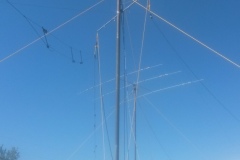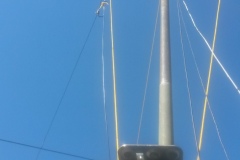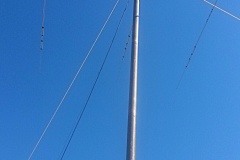- Home
- Registration
- Site Tools
- Articles
- Swap n Shop
- Contesting
- Grounding information for everyone
- History of the Central Alberta Amateur Radio Club
- CAARC owned Repeaters
- Club Repeater Info
- GMT Time Conversion Table
- VE/VA6 Incoming QSL Bureau
- Pine Lake Tornado Friday July 14, 2000.
- Amateur Radio to the Rescue
- CANWARN
- HAM Nation with Bob Heil K9EID
- Net info
- Events.
- ARES
- Links and On line study course.
- Field Day 2019
- Members D/L
- Forum/Swap and Shop
General News
THIS HAM RADIO IS UNSAFE AT ANY FREQUENCY !
Dec 4th
THIS HAM RADIO IS UNSAFE AT ANY FREQUENCY
From Electronics Illustrated March 1968..

Click this link to read.
AMATEUR RADIO PODCAST EPISODE 373 – PAUL MOWER – VA6MPM
Oct 31st

Paul Mower, VA6MPM, treks across the Canadian Rockies.

SARA Flea Market
Sep 17th
The SARA Flea Market in Calgary this October has been postponed due to COVID-19 restrictions.

Silent Key VE6BJK
Sep 12th
On Monday September 6th, 2021, Louis (Lou) William Maga, loving husband, devoted father, passed away at age 83.
Louie was a very important member of the Central Alberta Amateur Radio Club (CARL originally) for many years. I remember helping him install his tower on the west side of the house and he always had a big smile and wonderful laugh. He was always helping with all club activities for many years. I was so glad I had an hour visit with him on his porch just a few weeks ago when I bought some new RV batteries. I know he will be sadly missed.
CAARC Social – August 28
Aug 3rd
Hi Everyone,
At the last club meeting way back in May, it was suggested that we have a late summer get together. Saturday, August 28 seems to work for many people and John VE6HPY has offered to host it at his place.
We are planning a low key event from 6 – 8 pm. Please bring your lawn chairs, a beverage of your choice and whatever snacks you may wish to bring. We are planning a fire and John does have extra weenie sticks. Because of Covid, the club executive felt it was best to keep things simple for this get together. In the event of rain we could go into one of John’s sheds. Please RSVP to either myself or to John to give us an idea of numbers.
John’s cell is 403 304 3963 and his address is 39126 RR 280, HWY 11A, Red Deer County. From Red Deer, go west on Hwy 11A and turn right at RR280, go north until you see a long lane lined with trees on the west side.
This will give us all a chance to have a visit and enjoy an evening together. Hope to see you there!
Sandy Jacobs,
VE6SND
CAARC Club President

DF Loop Construction Project
Jul 17th
I have been having issues with RFI across the HF spectrum at my QTH, and having killed the house power at the main breaker, the RFI was still present, so I decided to build a direction-finding (DF) antenna to attempt to locate the source.
A quick web search yielded a link to the ARRL, with design notes to build such an antenna.
I used what parts I found in the junkbox, and it took 2-3 hours to build. The tuning is quite sharp, so I may add a slow motion drive to make tuning easier.
The next step will be to wander the neighbourhood, waving the DF loop around, and likely get some odd looks from the neighbours.

Field Day Pictures 2021
Jul 5th
Thanks to everyone who submitted these pictures. Be sure to check all four pages at the bottom of the first page for all the pictures.
These are the field day results as submitted to ARRL (Thanks VA6SGL ) Great job everyone!
VE6QE_FD_Report




